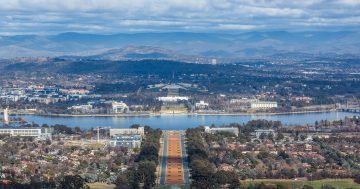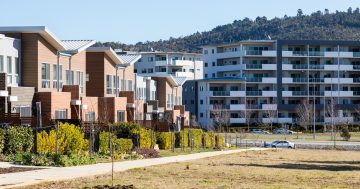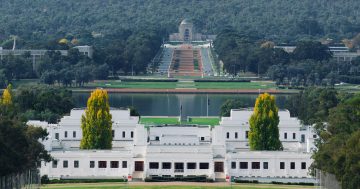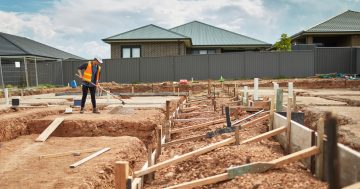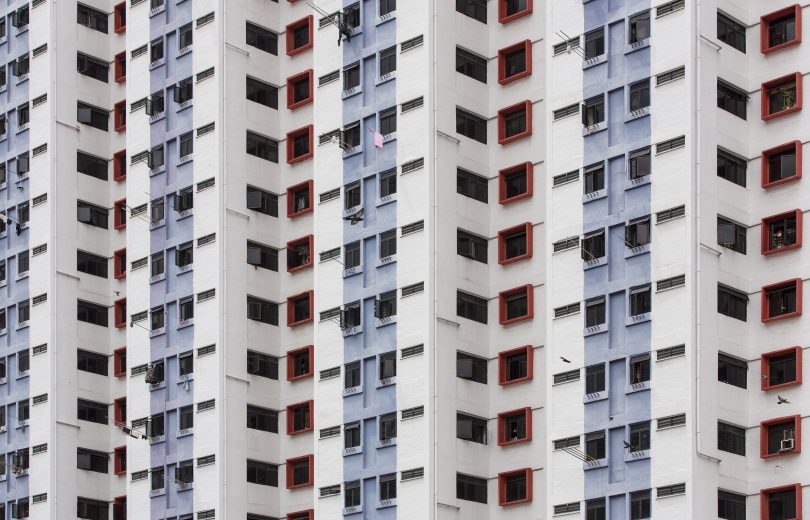
Singapore apartments: is this Big Australia’s housing future? Photo: David Paterson.
The idea of Big Australia has been a powerful driver in Australia’s development, but just how big can the nation get before it starts to crumble under the pressure?
This week, a report from the National Housing Finance and Investment Corporation detailed the brewing of a perfect storm, in part fed by the resumption of migration, for putting a roof over the heads of our growing population.
The State of the Nation’s Housing report predicts a shortfall in supply of more than 100,000 dwellings to 2027 and nearly 80,000 over the next decade.
It says the rapid return of overseas migration, together with an insufficient supply pipeline due to decade-high construction costs and significant increases in interest rates, is putting enormous pressure on rental markets, particularly in the major cities.
We’re just not building enough homes to keep up with increasing demand.
The Federal Government is reviewing Australia’s migration system, but it has also allowed migration intake to reach the pre-pandemic trend of 235,000 a year.
This year, Australia is estimated to have a net gain of 300,000 due to fewer people leaving the country.
Business continues to lobby the government to raise the target for permanent skilled migration intake to 200,000 places in 2023-24 and 2024-25, saying it will be critical to address the worker shortages that cannot be filled by Australians in the short term.
Just where are all these people going to live?
Don’t bet on the Federal Government’s market-based Housing Accord to do the trick. It’s already been called out as being an inadequate response.
Migration is a great Australian success story and the nation is undoubtedly better off because of it.
But the practical implications of a growing population seem to escape government and business which enjoy the free economic growth benefits without planning for how a dry continent of coast-clinging capitals (except for Canberra) supports this constantly increasing number of people.
It’s as if Australia can just keep stuffing more people into its three mega cities – south-east Queensland, the Sydney basin and greater Melbourne.
The lack of investment in infrastructure, particularly to spread population, and the pressure on natural resources are affecting living standards.
Business has always argued for higher migration targets because it is good for business and provides a steady flow of workers, preferably that it doesn’t have to train.
The skills shortage is mostly a function of business failing to meet its obligations and governments undermining and underfunding training systems due to ill-conceived notions about market-based solutions.
So-called ‘contestability’ has brought the TAFE system to its knees and led to rorts and waste as private operators feast on public subsidies.
The Coalition’s antipathy towards the universities has also eroded the capacity to build the higher-level skills the nation needs.
The country itself was never suited to the Big Australia ideology, which has its roots in colonialism and the frontier mentality, as well as a fear of being isolated in Asia.
Mostly desert, Australia has limited water and arable land, and what forests are left need to be preserved.
The need to house itself has already led to habitat degradation, and the fight to save the koala is probably the greatest symbol of that tension between human needs and the natural world.
So does a resumption of migration at pre-pandemic levels or higher make sense?
Not if the housing crisis is only to be exacerbated.
Not if transport systems are not going to cope.
Not when drought rears its head and runs down water storages.
Not if the goal of business is to suppress wage levels any more than they already are.
Not if the social cohesion that is the hallmark of Australia’s migration story is not to fray.
At some point, there has to be a discussion about an optimum population for the country and significant investment in the infrastructure needed to support it.
Carrying on as if Australia is the Tardis and that, magically, the market will supply all our needs, is folly.
No one is saying migration won’t continue, but out of the government’s review must come a revision of the number we can cope with and the planning to accommodate the number we accept.













